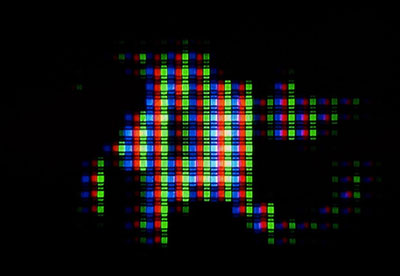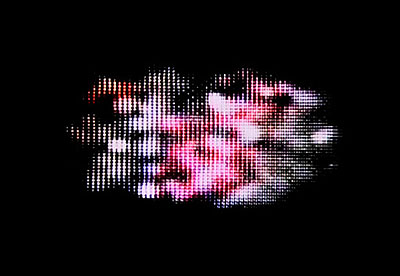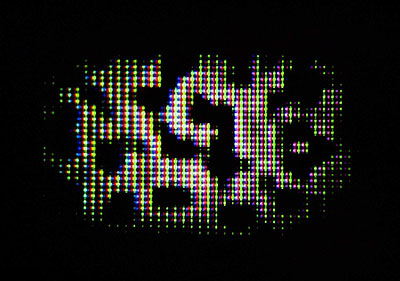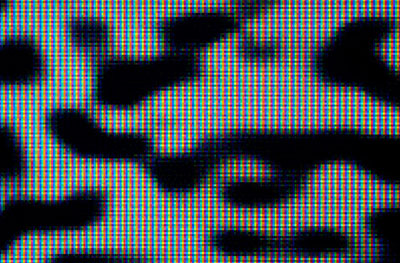
www.brunosorlini.com
Bruno Sorlini »
Exhibition: 21 Mar – 17 May 2009
Galleria Maurer Zilioli
Via Trieste, 42 b
25121 Brescia
Maurer Zilioli Contemporary Arts
Schleißheimerstr. 42
80333 München
+49 (0)89-57869756
galleria@maurer-zilioli.com
www.maurer-zilioli.com
Wed-Fri 14-19, Sat 11-16

www.brunosorlini.com
BRUNO SORLINI - VIDEO www.brunosorlini.com Angela Madesani has created a short introduction: Video art caused a crucial paradigm shift in the 20th century. In the meantime, it represents one of the most important contemporary innovations. A generic hybrid - cross-fertilised by photography, film, music, telly culture and classical iconography - it has developed its own genre-specific semantics. Paradoxically, this development has made a pivotal aspect of art come into play: time. Video forces the viewer to linger just as gazing contemplatively at pictures once did. Besides, we are being deluged with productions, which are often configured - while neglecting the requirements of aesthetics - from scenarios and stories that frequently do not differ from video games. And it is with them that Bruno Sorlini's (* 1948 Brescia) most recent work forms such a refreshing contrast. Produced between 2005 and 2008 as a powerful and unusual group of works, they are distinguished by an aesthetic lexis drawn from the medium itself yet as a reaction to the conditions it systemically imposes. Sorlini gradually approached this step over years as an art photographer. The paramount impetus came from the emergence in 1996 (that is, later than in northern European countries) of MTV, CNN, Reality TV and 'Grande Fratello' in Italy, which triggered off a change in his artistic imagination and handling of style - a shock of sorts with drastic consequences. Intrigued and captivated by the power of the new media, Sorlini immersed himself in studying these pictorial universes (just as so many other artists were also doing), initially in blurred stills of vulgar popular stories ranging from soft-core porn for housewives to soaps (Dreamland, Report, Every Day Life, etc) and eventually investigating the 'screen' itself under condition when pictorial disturbances were induced by macro shots (Studies on the Screen, Inside Television). Thus abstract photographic compositions that were utterly alluring saw the light of day. Blurring and abstraction had already played the leading role in Sorlini's earlier photographic work, qualities which - although applied to the genres of the nude, the human figure and landscape - are notable for a rather gestural, Informel distortion of motifs. Published in numerous catalogues, books and journals, all those photoworks have consolidated Sorlini's reputation as an auteur photographer. Sorlini subsequently abandoned the photographic still to film what was happening on the unsynchronised television screen, extrapolations that - structured and rhythmicised by manual manipulation or digital processing - have resulted in his focusing on just a few modules, accompanied and interpreted by musical interventions. These short sequences are related to political events on a global scale (11th Day, Frozen Frame, Al Jazeera), to impressions and atmospheres that are generally urban (Frames, Stars, Waves, etc) or develop a spontaneous linguistics, an upsetting life of their own beyond thematic referentiality and concrete inspiration. With his videos Sorlini has opened a creative new chapter in his œuvre - as a consequence of what were formerly photographic studies - and has palpably grown and matured through this work: an extraordinarily impressive body of works that are extremely, explosively relevant in their innovative aesthetic. In 2000 Sorlini took part in the 'Learning through Art' programme at the Guggenheim Museum in New York as a teaching artist. Since 2002 he has been teaching artistic and creative photography at the Libera Accademia di Belle Arti in Brescia. Works of his are owned by numerous collections.

www.brunosorlini.com

www.brunosorlini.com